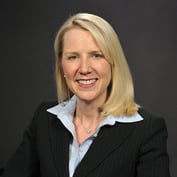A common perception of the typical 401(k) plan participant is of somebody who lacks investment savvy and discipline in setting aside funds for retirement. One thing they’re not lacking, however, is a keen interest in the ups and downs of their retirement accounts.
That’s a key conclusion to be drawn from a new study by Cerulli Associates. The second quarter, 2015 edition of “The Cerulli Edge: Retirement Edition,” reports that 4 in 5 plan participants regard investment performance or their account balance as the most important information of their plan statements.
Focus on a statement’s projected retirement income seems to be highest among boomers ages 60 to 69 (19.3 percent of respondents in this cohort). Unfortunately, most of pre-retirees also have a distorted view of the nest egg, believing the size of the 401(k) account — rather than the monthly income stream to be generated from the account — as the key determinant of retirement income.








 July 27, 2015 at 08:33 AM
July 27, 2015 at 08:33 AM










